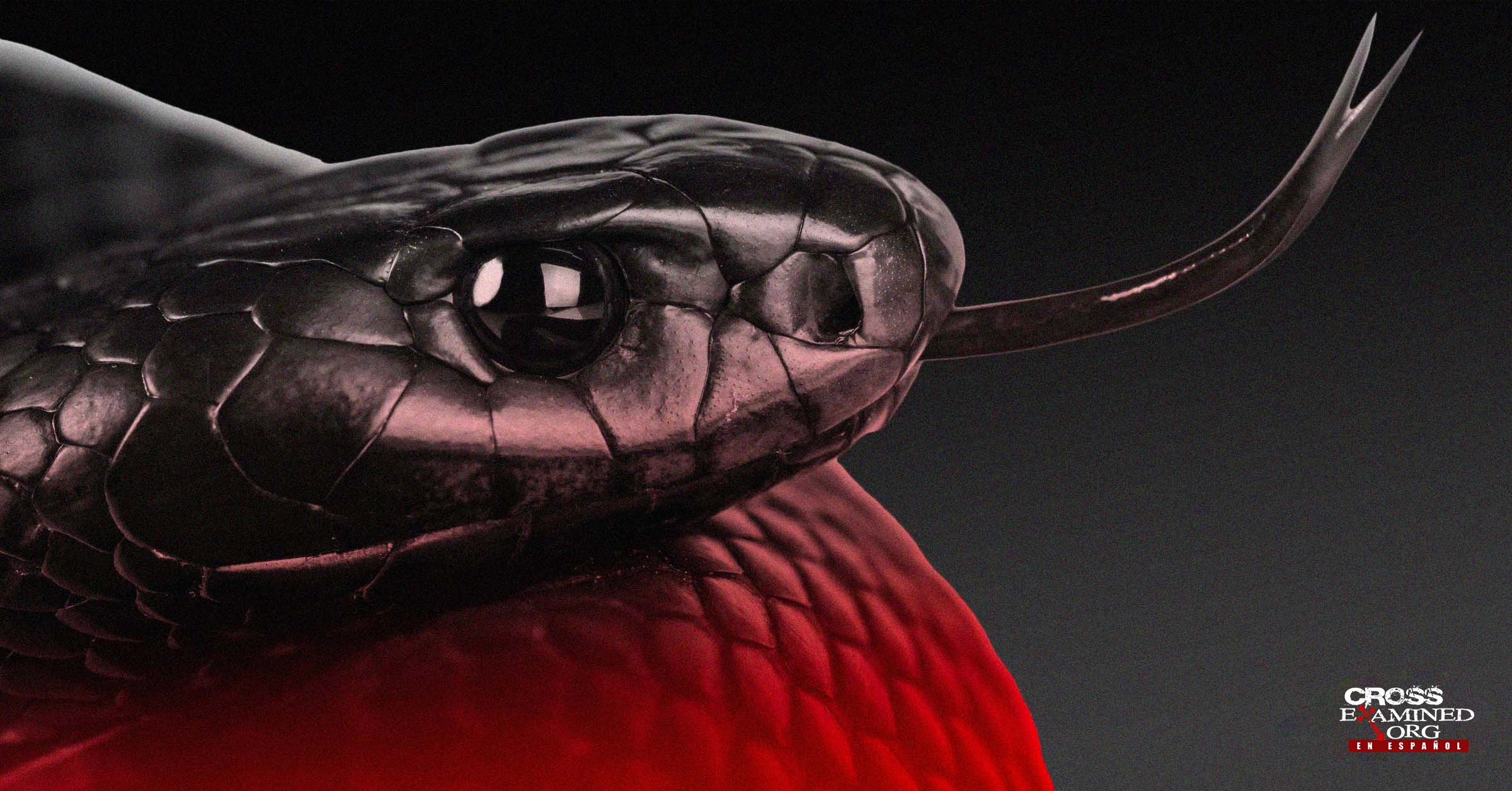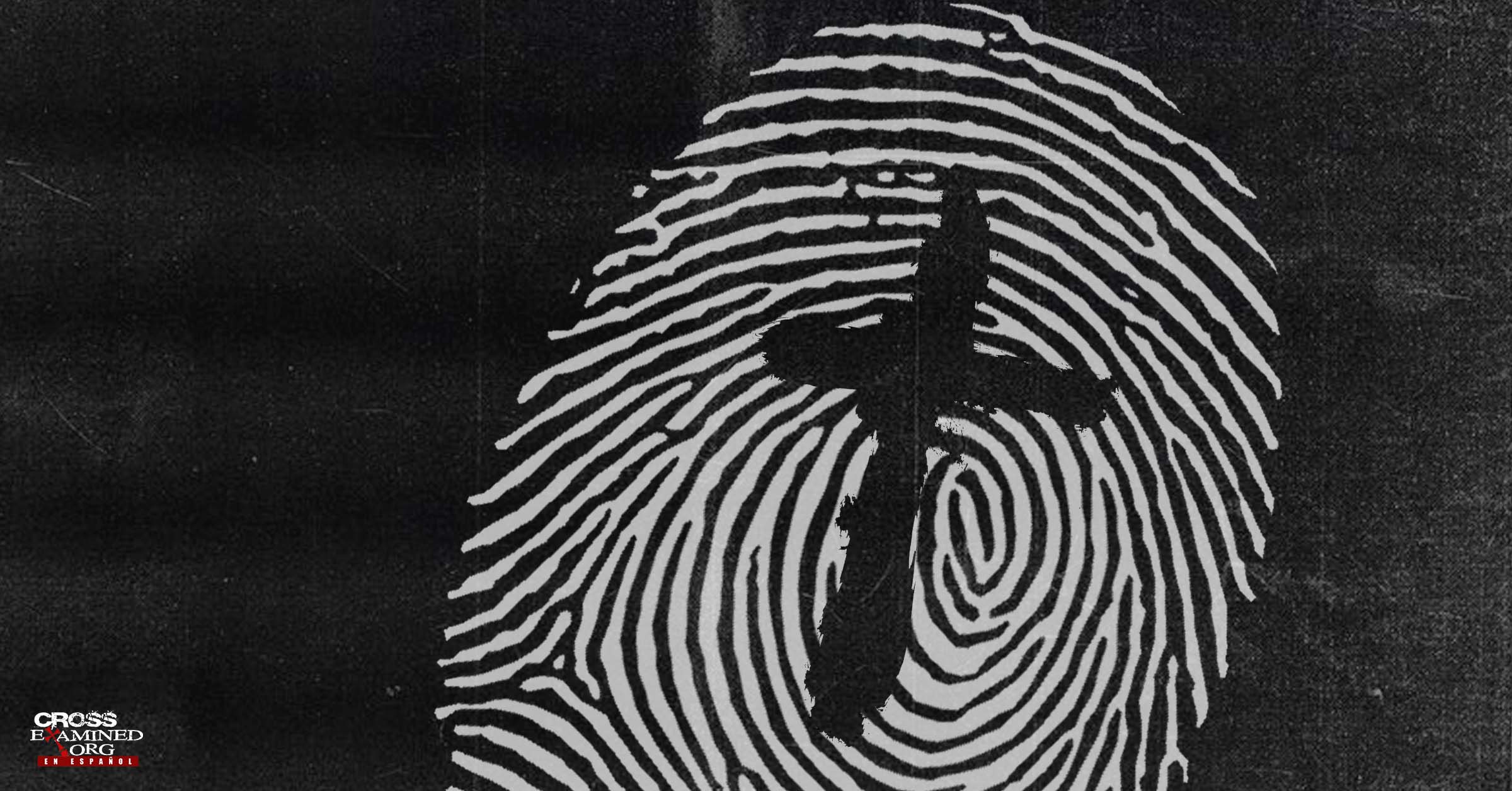By Ryan Leasure
If you’re from an Appalachian church that handles snakes, I’m sorry to disappoint you. This is not THAT kind of post. Instead, it’s a post about how the Bible portrays vipers, snakes, and dragons. What’s more, it’s about how a mighty warrior defeats a snake to rescue his precious bride. If this story sounds familiar, it’s because many great children’s stories of the past tell these same kinds of stories.
You see, the Bible presents three main characters: [1] 1) the serpent (the villain, Satan), 2) the damsel in distress (God’s people), and 3) the snake catcher (the hero, Jesus).
It should be noted that “Serpent” is a biblical term that includes both snakes and dragons [2] ; that is, serpent is a general category, while snakes and dragons are more specific. It should also be noted that the ancients did not think of dragons as winged, fire-breathing creatures. Rather, they thought of them as giant serpents. Throughout the Bible, snakes take one form or another depending on the situation. Biblical scholar Andrew Naselli notes, “As a rule, the form a serpent takes depends on its strategy. When a serpent in scripture attempts to deceive, it is a viper. When a serpent attempts to devour, it is a dragon” [3] .
With these anecdotes in mind, let’s start at the beginning.
The snake in the garden
The beginning was pure bliss. A perfect, holy God decided to share his goodness and created a universe ex nihilo . Like jewels in a crown in God’s creation, humans walked in fellowship with him in the garden. However, they let down their guard and allowed the serpent to enter. Genesis 3:1 notes, “Now the serpent was more crafty than any beast of the field which the LORD God had made.”
Cunning (or deceit) perfectly describes this serpent, as he immediately questioned Eve, “Did God really say, ‘You shall not eat from any tree in the garden’?” Notice the serpent’s tactic. He called God’s Word into question. He planted doubt in the woman’s mind so that she would begin to consider alternative options. As soon as the woman said that eating from the tree in the middle of the garden would lead to death, the serpent went on to contradict God’s Word completely. He declared, “you will not surely die.” And then he called God’s motives into question. “For God knows that in the day you eat from it your eyes will be opened, and you will be like God, knowing good and evil.”
The serpent was successful. Eve ate the fruit, gave some to Adam, and he ate too. And immediately everything changed. Their innocence was lost, and they knew they were naked. Because of their shame, they tried to hide from God, but it was no use. God confronted them for their disobedience. Adam blamed Eve, and Eve blamed the serpent. She commented in 3:13, “The serpent deceived me, and I ate.” As a result, God banished them from His holy presence, where they would live in exile. Now let us remember that when the serpent takes the form of a viper, its primary tactic is to deceive. And this is what it has done.
However, God did not allow the serpent to have the final say. He judged the serpent and promised to one day destroy him when He stated, “And I will put enmity between you and the woman, and between your seed and her seed; he shall bruise your head, and you shall bruise his heel” (Gen. 3:15). The rest of Scripture traces the ongoing battle waged between the seed of the woman (God’s people) and the seed of the serpent (enemies of God and His people). Ultimately, the unique seed of the woman (Gal. 3:16) will utterly destroy the serpent, even though the serpent wounds him in the process.
Snakes portrayed negatively
Before we look at some examples of the serpent’s seed fighting against the woman’s seed, I simply want to draw our attention to the fact that serpents are associated with evil throughout Scripture.
Let us consider the following texts:
The wicked are led astray from the womb; those who speak lies go astray from their birth. They have poison like the poison of a serpent; they are like a deaf cobra that closes its ear and does not hear the voice of enchanters, not even the most skilled enchanter (Psalm 58:3-5).
They sharpen their tongue like a serpent; the venom of a viper is under their lips (Psalm 140:3).
Snakes often symbolize God’s enemies:
The nations will see and be ashamed of all their power; they will put their hands over their mouths, their ears will be deaf. They will lick the dust like a serpent, like the creeping things of the earth. They will tremble from their strongholds; they will come to the Lord our God in terror, and they will be afraid before you (Micah 7:16-17).
The seventy returned with joy, saying, “Lord, even the demons are subject to us in your name.” And Jesus said to them, “I saw Satan fall like lightning from heaven. See, I have given you authority to tread on serpents and scorpions and over all the power of the enemy, and nothing will hurt you” (Luke 10:17-19).
As mentioned above, the serpent takes the form of a dragon when it wants to destroy. The following texts describe the dragon as a sea monster called Leviathan and Rahab.
On that day the Lord will punish with his fierce, great and powerful sword, Leviathan, the fleeting serpent, Leviathan, the crooked serpent, and he will kill the dragon that lives in the sea (Isaiah 27:1).
He has stirred up the sea by his power, and broken Rahab by his understanding. With his breath the heavens are cleansed; his hand has pierced the fleeing serpent (Job 26:12-13).
See also Job 41, which describes God’s sovereignty over the monstrous sea serpent Leviathan.
The Egyptian Serpent
The story of Scripture presents the seed of the serpent (God’s enemies) in conflict with the seed of the woman (God’s people). Perhaps the clearest example of the seed of the serpent is Egypt and its Pharaoh. The Lord tells Pharaoh in Ezekiel 32:2, “You are like a dragon in the seas.” Recall that the dragon seeks to destroy the seed of the woman, and this is what he set out to do when he ordered the death of all Israelite baby boys (Exodus 1:15-22).
One also thinks of the episode in which Aaron’s staff turned into a serpent and swallowed the staffs/serpents of Pharaoh’s magicians (Ex 7:8-13). Most likely, Aaron’s staff turned into a cobra, which also figured on the Pharaoh’s headdress. This headdress symbolized divine power and protection and was fashioned after an Egyptian goddess named Uraeus. By wearing the cobra headdress, the Pharaoh could channel the powers of the deity.
Thus, “when Moses had Aaron cast the serpent-rod before Pharaoh,” archaeologist John Currid argues, “he was directly attacking that symbol of pharaonic sovereignty: the scene was a polemical mockery. When Aaron’s rod swallowed up the rods of the Egyptian magicians, the pharaonic deity and his omnipotence were being denounced and rejected out of hand. Pharaoh’s cobra-crested diadem was powerless against Yahweh . ” [4]
Reflecting on the exodus from Egypt, the biblical authors saw it as a victory over the serpent. Psalm 74:12-14 states:
Yet God is my King from of old, doing works of salvation in the midst of the earth. You divided the sea by your power; you broke the heads of the monsters in the waters. You crushed the heads of Leviathan; you gave him as food to those who dwell in the desert.
Although final victory still awaited, God was already foreshadowing how He would one day crush the serpent’s head.
Goliath, the serpent
One of the best-known stories in the Old Testament is that of David’s defeat of Goliath. This story presents Goliath as a giant serpent seeking to devour the woman’s seed. We know this because, as 1 Samuel 17:5 makes clear, Goliath “was clothed in scale armor” (JBS and NIV). While some translations simply translate this as “a coat of mail” (NASB), the more literal translation is “armor of scales.”
The Hebrew word for “scales” appears seven other times in the Old Testament, and each time it refers to the scales of fish—including sea dragons. [5] Notably, God also calls Pharaoh a “great dragon” with “scales” in Ezekiel 29:3-4. Pharaoh and Goliath are the only two characters in the Bible who are said to have “scales.”
In the account given in 1 Samuel 17, David proclaims that the battle is the LORD’s and then proceeds to drive a stone into the forehead of the giant serpent, which falls face downwards to the ground, eating dust like the ancient serpent (Gen 3:14). Once again, God foreshadows how He will crush the serpent’s head and free His people.
The serpent in the Gospels
We find several examples where the serpent’s seed attempts to destroy the woman’s seed. Like the ancient Pharaoh, King Herod tried to kill all the children of Bethlehem in an attempt to kill the unique seed of the woman (Matthew 2:16-18).
Repeatedly, we find the Pharisees and Sadducees portrayed as the seed of the serpent. Jesus tells them, “You are of your father the devil” (John 8:44). When John the Baptist saw them coming from afar, he cried out, “You brood of vipers! Who warned you to flee from the wrath to come? Therefore bear fruits worthy of repentance; and do not presume to say to yourselves, ‘We have Abraham as our father’” (Mt 3:7-9). Likewise, Jesus cries out to the Pharisees in Matthew 23, “You serpents! You brood of vipers! How will you escape the judgment of hell?” In short, the Pharisees and Sadducees are the seed of the serpent making war on the seed of the woman.
The dragon is killed
We complete this discussion by going all the way to the end, where the book of Revelation proclaims the final destruction of the serpent. Revelation 12:3-5 states:
Then another sign appeared in heaven: behold, a great red dragon, having seven heads and ten horns, and seven diadems on his heads. His tail swept a third of the stars of heaven and threw them to the earth. Then the dragon stood before the woman who was about to give birth, so that when she was born he might devour her child. And she gave birth to a male child, who is to rule all the nations with a rod of iron. And her child was caught up to God and to his throne .
Here we read that this powerful dragon, thirsty for blood, seeks to devour the seed of the woman. However, God frees the seed from his persecutions.
Revelation 12:7-9 continues:
Then there was war in heaven. Michael and his angels fought against the dragon. The dragon and his angels fought, but they were not victorious, and a place was no longer found for them in heaven. Then the great dragon was thrown down, that ancient serpent, called the Devil and Satan, the deceiver of the whole world. He was thrown down to the earth, and his angels were thrown down with him.
Note that the dragon is none other than Satan himself, that old serpent and deceiver of the whole world. And he is defeated, but how? Did the archangel Michael destroy the dragon alone?
Revelation 12:11 states:
They overcame him by the blood of the Lamb and by the word of their testimony; and they did not love their lives so much as to suffer death.
Satan was finally defeated by the blood of the Lamb! It was Jesus Christ who conquered Satan. That moment on the cross, when it seemed that the serpent would prevail, his head was crushed by the seed of the woman (Gen 3:15).
Fast forward to Revelation 20, just after the Millennium, and we read in verse 10:
And the devil who deceived them was thrown into the lake of fire and sulfur, where the beast and the false prophet are also; and they will be tormented day and night forever and ever.
Finally, the mighty snake-catcher defeated the ancient snake and rescued his bride so that she could no longer be deceived or devoured. Or to put it another way, the prince killed the dragon and had his girl. [6]
Grades
[1] Andrew Naselli, The Serpent, and the Serpent Slayer, 18.
[2] Ibid., 18.
[3] Ibid., 18.
[4] John Currid, Ancient Egypt, 93-94.
[5] Andrew Naselli, The Serpent, and the Serpent Slayer, 90.
[6] Ibid., 15.
Recommended resources in Spanish:
Stealing from God ( Paperback ), ( Teacher Study Guide ), and ( Student Study Guide ) by Dr. Frank Turek
Why I Don’t Have Enough Faith to Be an Atheist ( Complete DVD Series ), ( Teacher’s Workbook ), and ( Student’s Handbook ) by Dr. Frank Turek
____________________________________________________________________________________________________________________________________________________
Ryan Leasure holds a Master of Arts degree from Furman University and a Master of Divinity degree from the Southern Baptist Theological Seminary. He is currently a Doctor of Ministry candidate at the Southern Baptist Theological Seminary. He also serves as pastor at Grace Bible Church in Moore, SC.
Original Blog Source: https://bit.ly/34fxPZ2
Translated by Monica Pirateque
Edited by Daniela Checa Delgado










